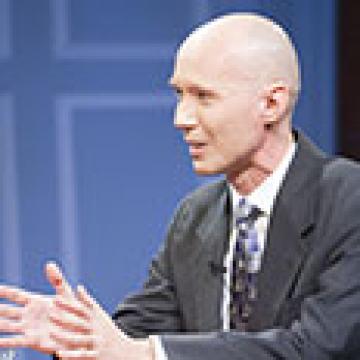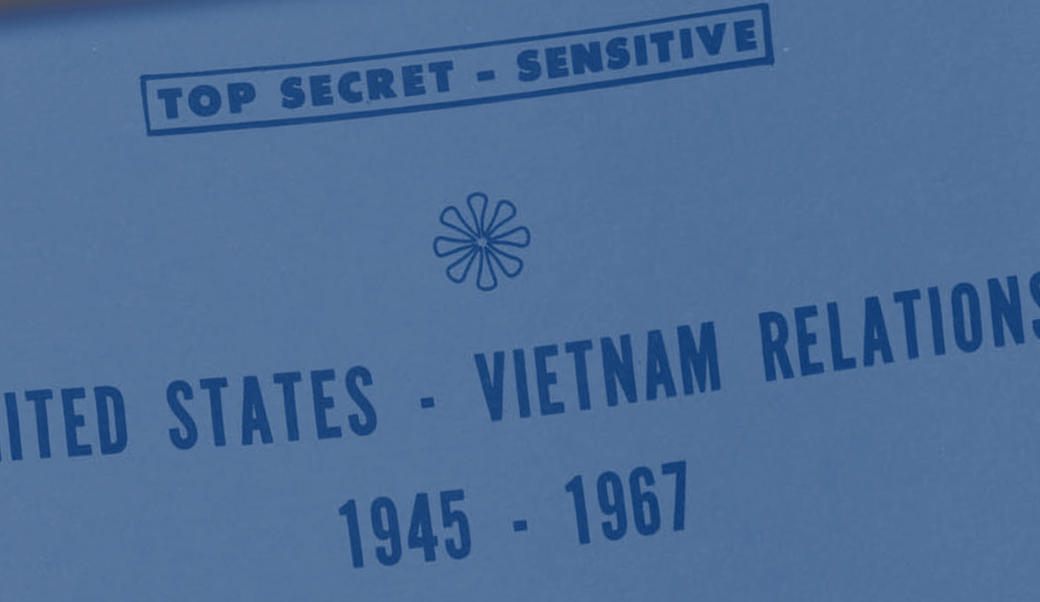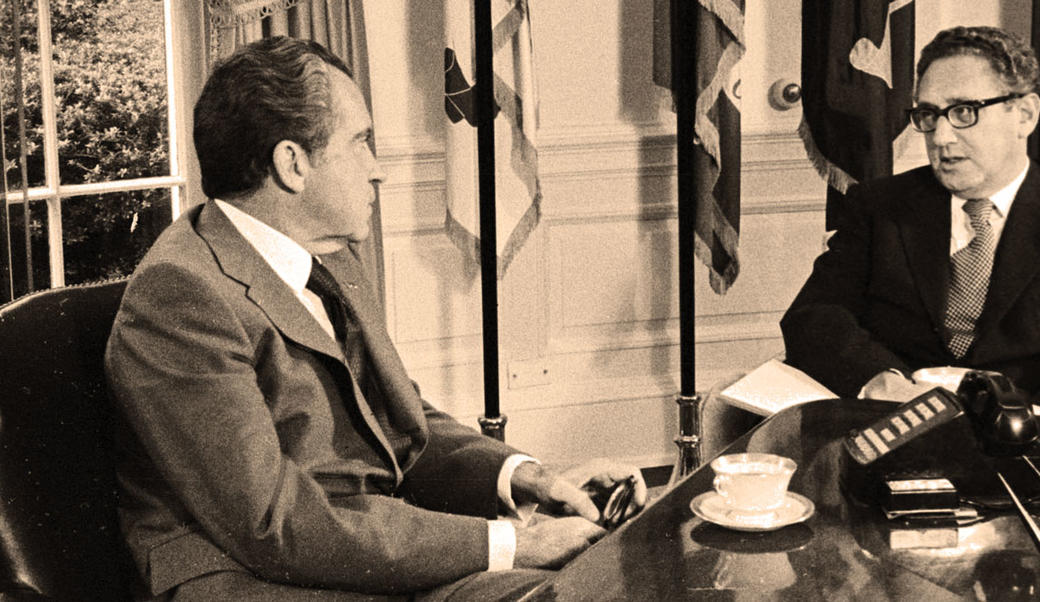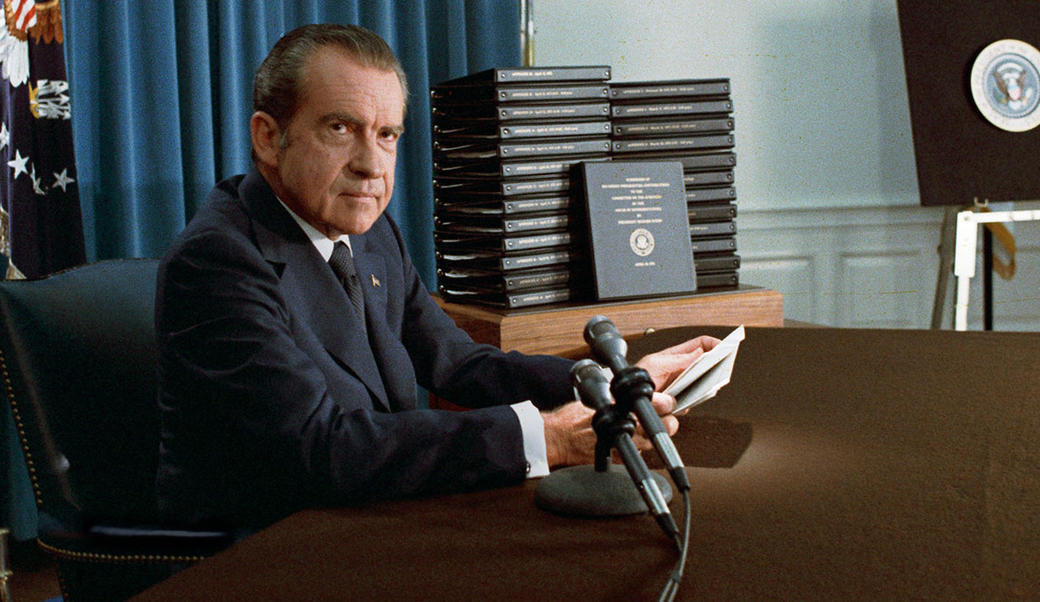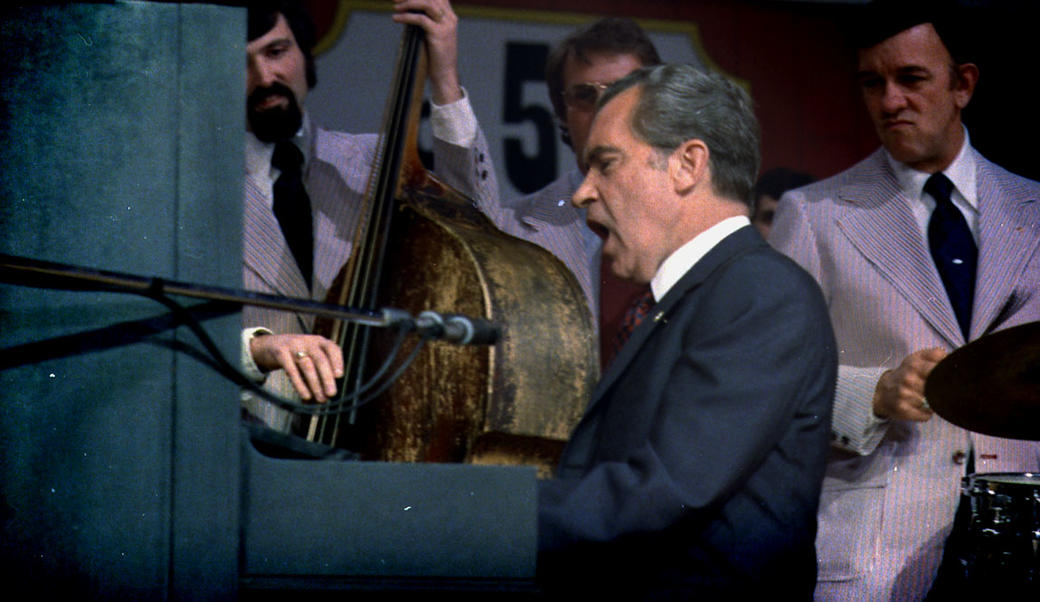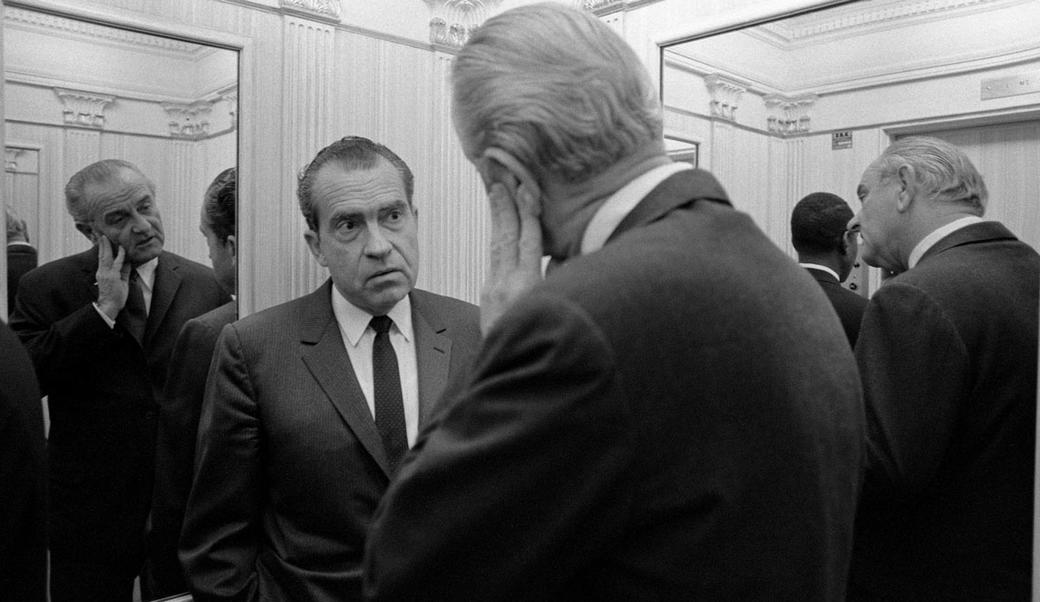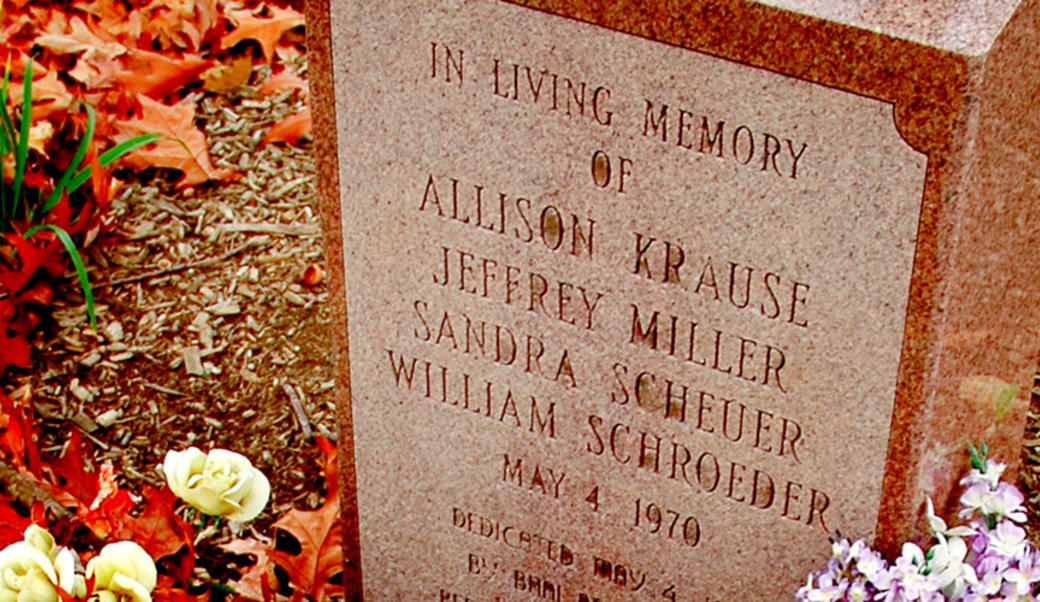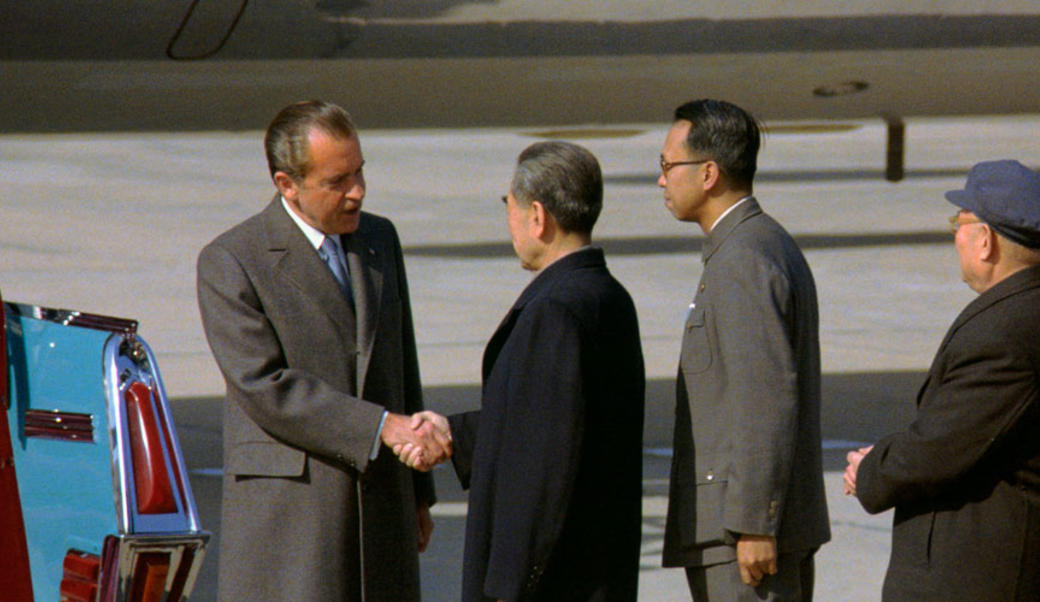Richard Nixon: Life in Brief
Schoolchildren absorb at least one fact about Richard Milhous Nixon: He was the first and (so far) the only President of the United States to resign the office. Before the spectacular fall, there was an equally spectacular rise. In a half-dozen years, he went from obscurity to a heartbeat from the presidency, winning a congressional race (1946), national prominence in the Alger Hiss spy case (1948), a Senate seat (1950), and the vice presidency (1952). John F. Kennedy interrupted Nixon's ascent in 1960, winning the presidency by the narrowest margin of the twentieth century.
After losing a 1962 race for governor of California and holding his "last press conference," Nixon patiently laid the groundwork for a comeback. In 1964, he campaigned for Republican presidential candidate Barry Goldwater at a time when other prominent Republicans were keeping their distance from the leader of the budding conservative movement. The Republican Party lost in a landslide that year but Nixon won the gratitude of conservatives, the growing power within the party. The GOP's huge losses in 1964 were offset in 1966 when two years of the Vietnam War and urban riots led to huge Republican gains in congressional elections. In 1968, Nixon won a presidential election almost as narrow as the one he had lost in 1960. He was then reelected in 1972 with a larger percentage of the votes than any other Republican during the Cold War.
Until the Watergate scandal led to his near impeachment by the House of Representatives and resignation in 1974, he was the dominant politician of the Cold War. As a Washington pundit once said, hers was not the Pepsi generation but the Nixon generation.
